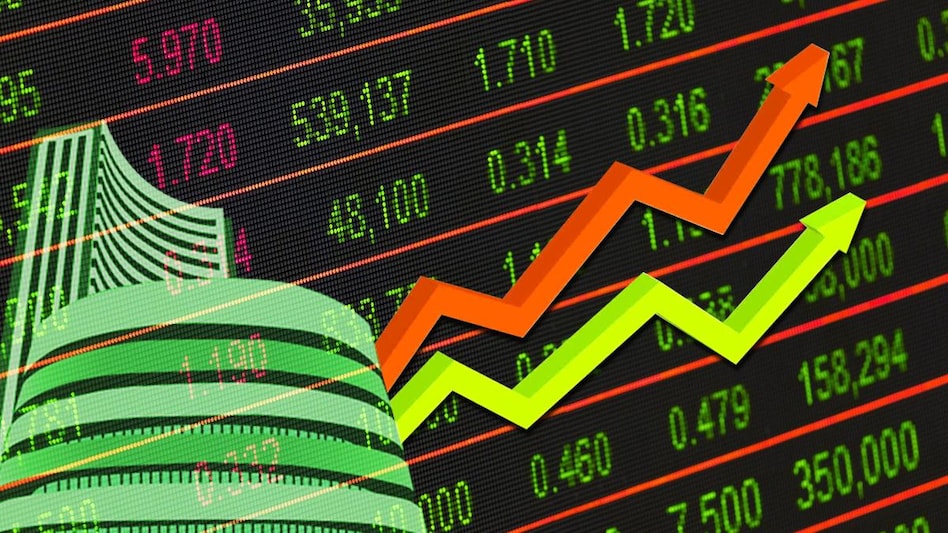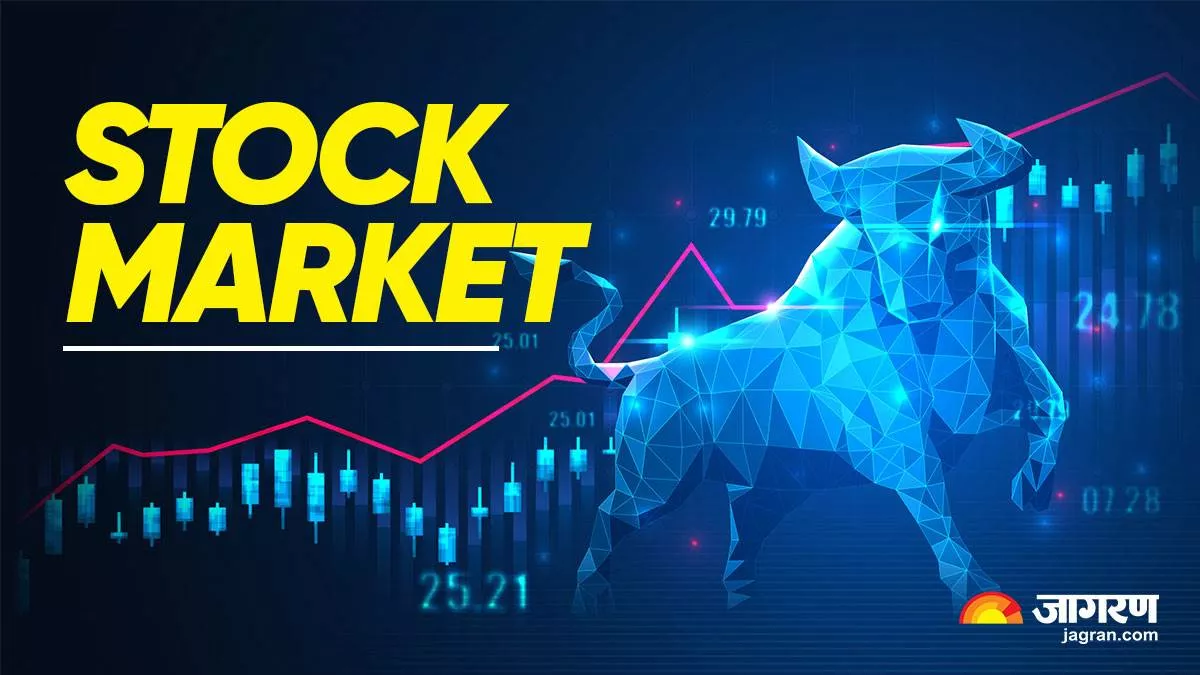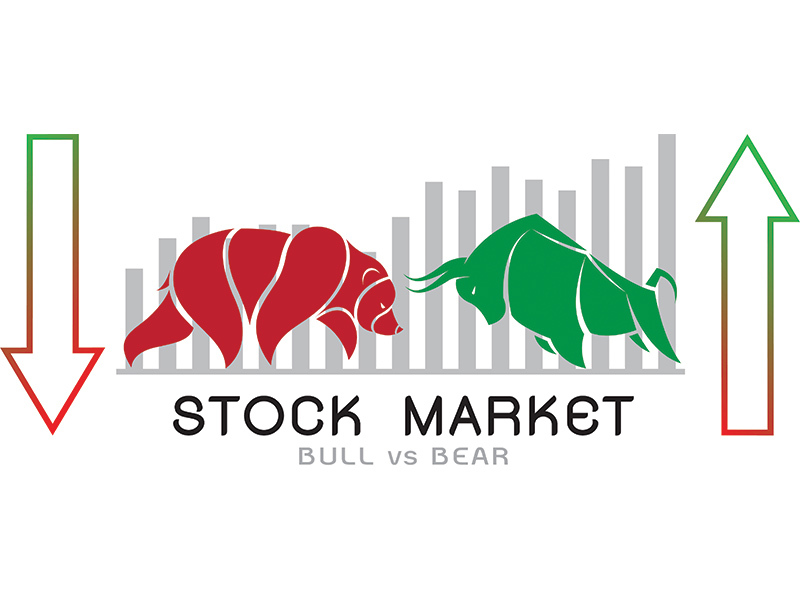"The Basics of Stock Market Investing: Understanding Stocks, Risks, and Returns"
The stock market, also known as the equity market, is a platform where buyers and sellers trade stocks or shares of publicly listed companies. It provides a mechanism for companies to raise capital by selling ownership stakes to investors, and for investors to buy and sell these ownership stakes, which represent a share of the company's assets and profits.
Here are some key details about the stock market:
1.Stock Exchanges
1. Stock Exchanges: Stock markets operate through centralized exchanges where trading takes place. Some well-known stock exchanges include the New York Stock Exchange (NYSE), NASDAQ, London Stock Exchange (LSE), Tokyo Stock Exchange (TSE), and many others.
2.Stocks
2. Stocks: Stocks, also known as shares or equities, represent ownership in a company. When investors buy stocks, they become shareholders and have the potential to benefit from the company's growth and profitability. Companies issue different types of stocks, such as common stocks and preferred stocks, with varying rights and privileges.
3.Stock Indices
3. Stock Indices: Stock indices are used to track the overall performance of a group of stocks. They serve as benchmarks for measuring market performance and investor sentiment. Examples of well-known stock indices include the S&P 500, Dow Jones Industrial Average (DJIA), and FTSE 100.
4.Stock Market Participants
4. Stock Market Participants: Stock markets involve various participants, including individual retail investors, institutional investors (such as mutual funds, pension funds, and hedge funds), traders, brokers, market makers, and stock exchanges themselves. Each participant plays a different role in the functioning of the stock market.
5.Trading Mechanisms
5. Trading Mechanisms: Stocks are traded on the stock market through various mechanisms, including auction-based trading, where buyers and sellers submit orders to match and execute trades, and electronic trading platforms that match orders electronically. Different types of orders, such as market orders and limit orders, are used to execute trades at different prices.
6.Price Determination
6. Price Determination: The price of a stock is determined by supply and demand dynamics in the market. When there is more demand for a stock than available supply, the price tends to increase. Conversely, when there is more supply than demand, the price tends to decrease.
7.Risk and Volatility
7. Risk and Volatility: Stock markets can be volatile, with prices fluctuating based on various factors, including economic conditions, company performance, geopolitical events, and investor sentiment. Investing in stocks involves risks, including the potential loss of capital.
8.Fundamental and Technical Analysis
8. Fundamental and Technical Analysis: Investors use different approaches to analyze stocks. Fundamental analysis involves assessing a company's financial health, industry position, management, and other factors to determine its intrinsic value. Technical analysis involves studying historical price patterns and market trends to predict future price movements.
9.Regulations and Oversight
9. Regulations and Oversight: Stock markets are subject to regulations and oversight by government bodies and regulatory authorities. These regulations aim to ensure fair trading practices, protect investors, and maintain market integrity.
10.Long-Term Investing and Short-Term Trading
10. Long-Term Investing and Short-Term Trading: Investors can approach the stock market with different strategies. Long-term investors aim to buy and hold stocks for an extended period, focusing on the potential for capital appreciation and dividends. Short-term traders engage in more frequent buying and selling of stocks to take advantage of short-term price movements.
It's important to note that investing in the stock market involves risks, and it's recommended to conduct thorough research, seek advice from financial professionals, and carefully consider one's financial goals and risk tolerance before making investment decisions.
___________________________________________________________________________________
More Details About Stock Market
Certainly! Here are more details about the stock market:
1.Primary and Secondary Markets
1. Primary and Secondary Markets: The stock market consists of both primary and secondary markets. In the primary market, companies issue new stocks through an initial public offering (IPO) or follow-on offerings to raise capital. In the secondary market, investors trade previously issued stocks among themselves.
2.Market Indices
2. Market Indices: Market indices represent a specific segment or the overall performance of the stock market. They are used as benchmarks to gauge the performance of stocks and investment portfolios. Common indices include the S&P 500, which represents 500 large-cap U.S. stocks, and the NASDAQ Composite, which includes technology and growth-oriented companies.
3.Market Capitalization
3. Market Capitalization: Market capitalization (market cap) is a measure of a company's value in the stock market. It is calculated by multiplying the company's total outstanding shares by its stock price. Stocks are generally categorized into three groups based on market cap: large-cap, mid-cap, and small-cap.
4.Dividends
4. Dividends: Some companies distribute a portion of their profits to shareholders in the form of dividends. Dividends are typically paid out on a regular basis and provide additional income to investors. Dividend yield, expressed as a percentage, indicates the dividend payout relative to the stock price.
5.Stock Market Orders
5. Stock Market Orders: Investors use different types of orders to execute trades in the stock market. Market orders are executed immediately at the prevailing market price, while limit orders allow investors to specify the maximum price they are willing to pay or the minimum price they are willing to accept. Stop orders and stop-limit orders are used to trigger trades once a specified price is reached.
6.Market Volatility
6. Market Volatility: Stock markets are subject to volatility, which refers to the rapid and significant price fluctuations of stocks. Volatility can be influenced by economic factors, market sentiment, geopolitical events, or company-specific news. Investors should be prepared for market volatility and understand the associated risks.
7. Investment Stragies
7. Investment Strategies: Various investment strategies are employed in the stock market. Value investing focuses on identifying undervalued stocks with favorable fundamentals, while growth investing seeks stocks with high growth potential. Income investing targets stocks that generate consistent dividends, and index investing involves replicating the performance of a specific market index.
8.Fundamental Analysis
8. Fundamental Analysis: Fundamental analysis is a method of evaluating stocks by analyzing a company's financial statements, industry position, competitive advantages, management team, and other relevant factors. This analysis helps investors assess the intrinsic value of a stock and make informed investment decisions.
9.Technical Anaalysis
9. Technical Analysis: Technical analysis involves studying historical price patterns, trends, and market indicators to predict future stock price movements. Traders who use technical analysis often look at charts, moving averages, trading volumes, and various technical indicators to identify buying and selling opportunities.
10.Regulatory Bodies
10. Regulatory Bodies: Stock markets are regulated by government bodies and financial regulatory authorities to ensure fair trading practices, investor protection, and market integrity. These bodies establish rules and regulations for listing companies, reporting financial information, preventing insider trading, and maintaining market transparency.
11.Global Stock Markets
11. Global Stock Markets: Stock markets exist in many countries worldwide, and each has its own regulatory framework and trading practices. Major global stock exchanges include the New York Stock Exchange (NYSE) and NASDAQ in the United States, London Stock Exchange (LSE) in the UK, Tokyo Stock Exchange (TSE) in Japan, and Shanghai Stock Exchange (SSE) in China.
12.Risk Management
12. Risk Management: Investing in the stock market involves risks, including the potential loss of capital. It is essential for investors to assess their risk tolerance, diversify their portfolios, and implement risk management strategies such as setting stop-loss orders, establishing asset allocation, and regularly reviewing their investment performance.
It's important for individuals to conduct thorough research, stay informed about market trends and news, and consider
IF YOU WANT TO EARN MONEY THROUG MOBILE TEN CONTACT TO THIS NUMBER 9966738767 ONLY MESSAGE ON WHATSAPP...







Post a Comment